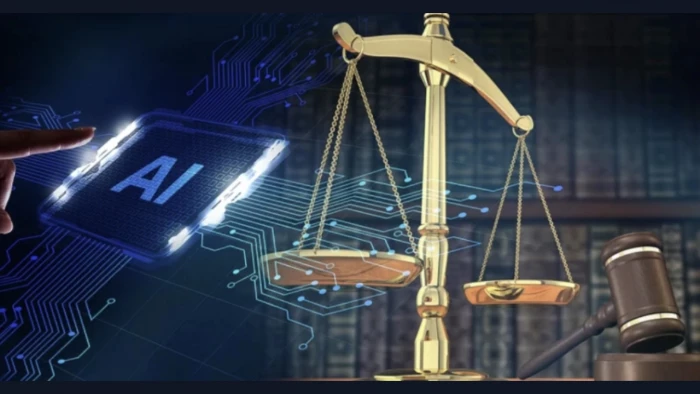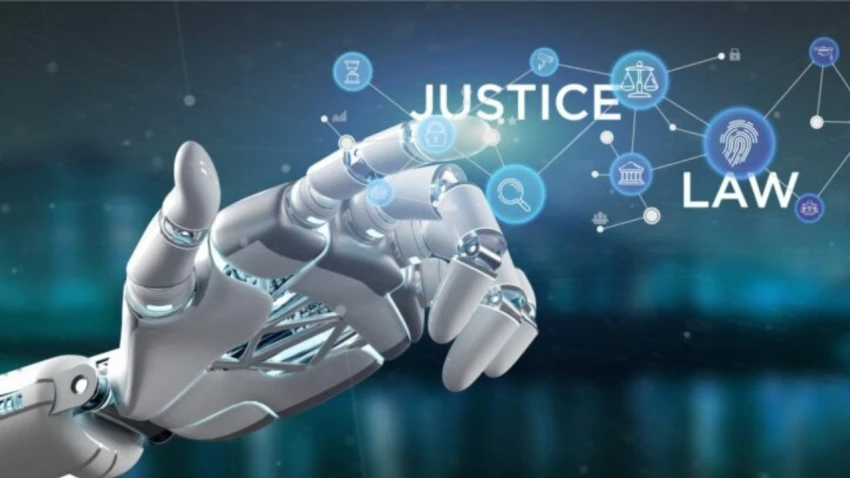

Technology has always shaped the way justice is delivered. Printing presses standardized laws, telegraphs accelerated communication, and now artificial intelligence (AI) promises to redefine decision-making in courts. But the central question remains: Can AI and automation deliver justice, or should they not be relied upon as the final arbiter of justice?
Courts worldwide face overwhelming backlogs and strained resources. In India, more than 40 million cases remain pending in 2025. In the U.S., public defenders juggle caseloads exceeding American Bar Association guidelines by 300%.
This is where AI and law intersect. AI-powered tools promise to improve efficiency in several ways:
The use of AI in justice delivery systems is therefore not about replacing judges or lawyers, but about assisting them in handling complex, time-consuming tasks.
AI-powered tools are increasingly being tested in criminal courts. For instance:
Yet these applications raise profound ethical concerns. If AI misinterprets evidence or unfairly categorizes defendants, who is accountable? The worry is not whether AI can help, but whether its help can be trusted.

The COMPAS algorithm, once used in U.S. courts to predict recidivism, illustrates the risks. A 2016 ProPublica investigation revealed that COMPAS disproportionately flagged Black defendants as “high risk,” even when they did not reoffend. This shows that AI can replicate and amplify systemic biases.
So, while AI-powered tools can enhance evidence analysis, case management, and decision-making, they should not be relied upon as the final arbiter of justice. Instead, AI must remain an assistant, not a judge.
If judges rely on algorithmic scores, are they still exercising independent judgment? What if a defendant challenges an AI-based ruling? Can you appeal a machine’s decision?
In Estonia, a pilot program tested a “robot judge” to resolve small-claims disputes. While the experiment reduced caseloads, it raised urgent questions about accountability and appeal rights.
These experiments illustrate why AI raises any number of questions for courts and judges, from transparency and fairness to constitutional rights.
For millions unable to afford legal representation, AI offers a lifeline. Chatbots like DoNotPay help citizens contest parking tickets or draft legal documents at minimal cost. In the U.K., the Legal Aid Agency is experimenting with AI to streamline benefits appeals.
Here’s how AI can increase access to justice:
This shows that AI can help the criminal justice system not just at the level of courts, but also at the grassroots, where access is often the most unequal.
Consider a bail hearing. An algorithm may suggest that a defendant is a “high flight risk.” Should the judge follow that recommendation?
Supporters argue that algorithms standardize evaluation, making decisions less subjective. Critics warn that reducing a person’s life to a risk score strips away humanity.
The safest balance is that AI allows lawyers to focus on higher-order intellectual tasks, like interpretation, strategy, and empathy, while leaving repetitive data-heavy tasks to machines.
AI will never fully replace human judgment. Law is not just about rules; it’s about fairness, context, and morality. But AI can help lawyers and judges by:
In this sense, AI and law must evolve together, with humans retaining ultimate authority.
If AI is to enhance justice delivery, three safeguards are essential:
The EU AI Act (2024) already classifies AI in law enforcement and justice as “high-risk,” requiring strict compliance. This framework could become a global standard.
The future of law is not man versus machine; it’s man with machine. AI-powered tools can enhance evidence analysis, case management, and decision-making, but they must never replace the human heart of justice.
Efficiency without fairness is not justice; it’s bureaucracy with better software.
The real question is not if AI will be used in courts, but how we ensure that when it is, it strengthens justice rather than undermines it.
In short, AI can speed up justice, but humans must remain the final decision-makers.
Be the first to post comment!